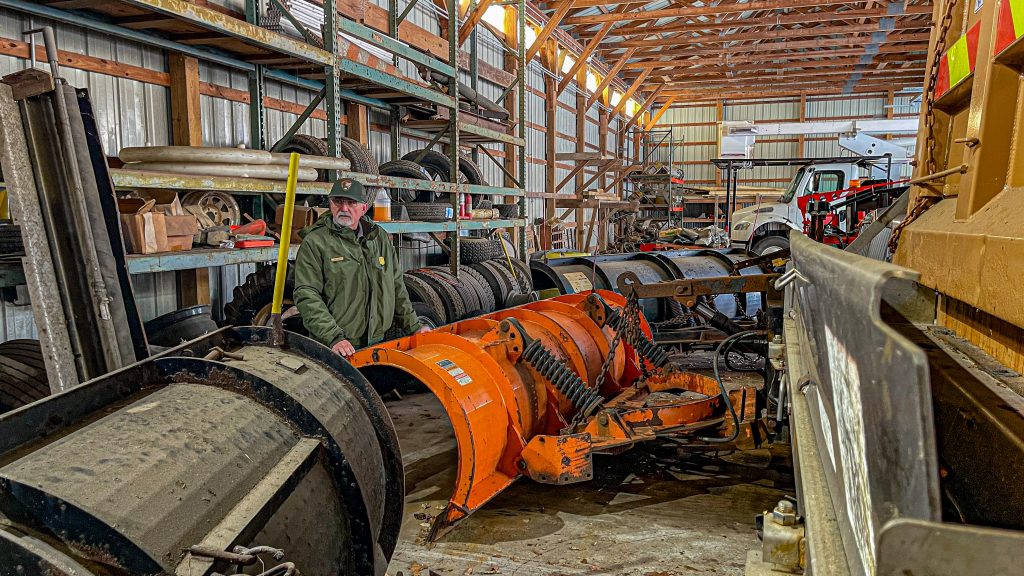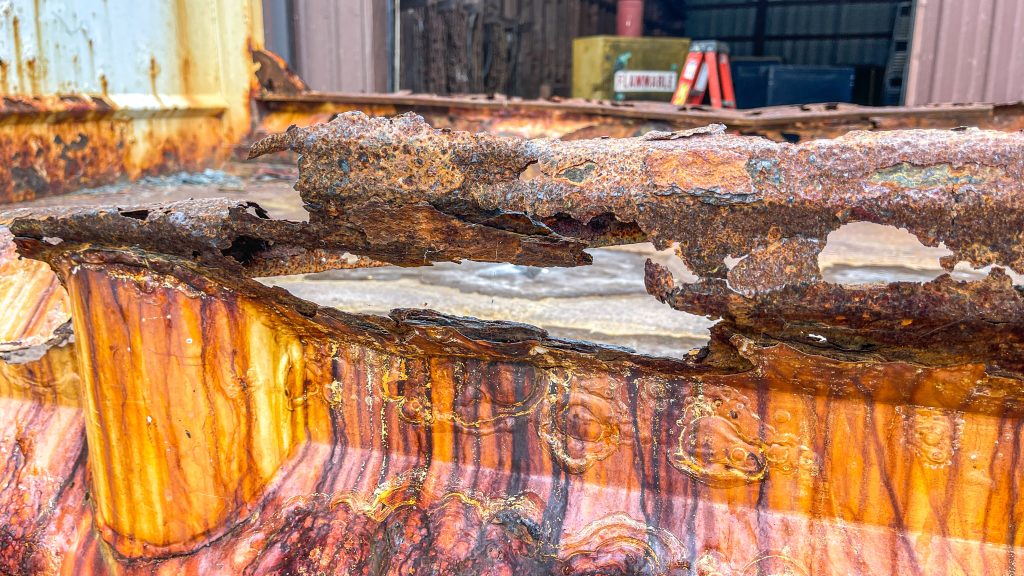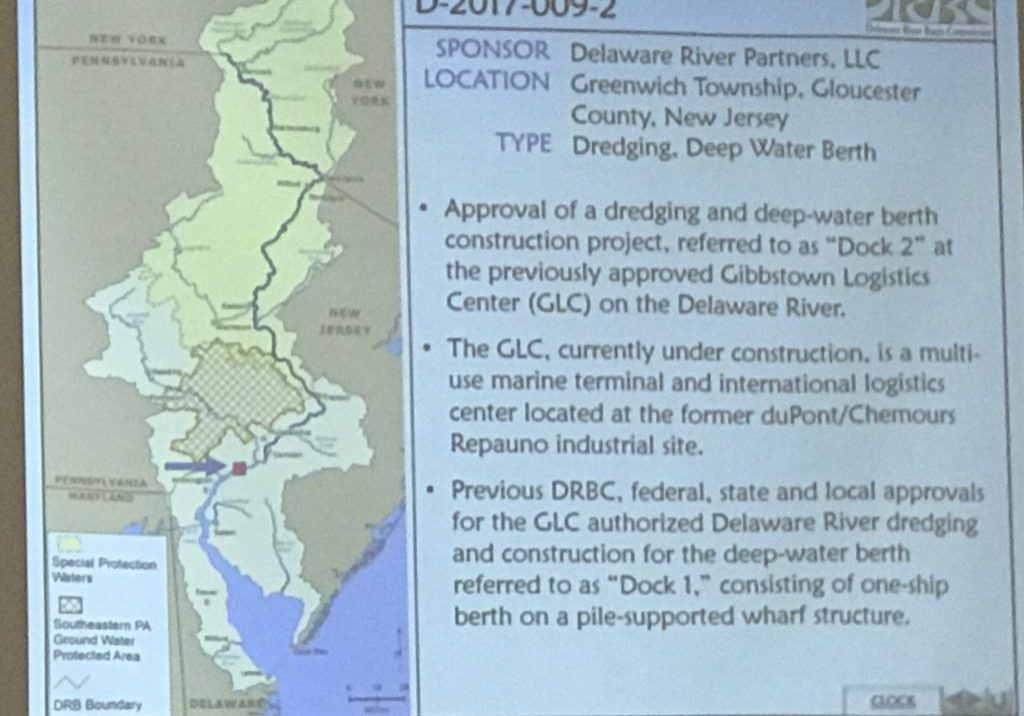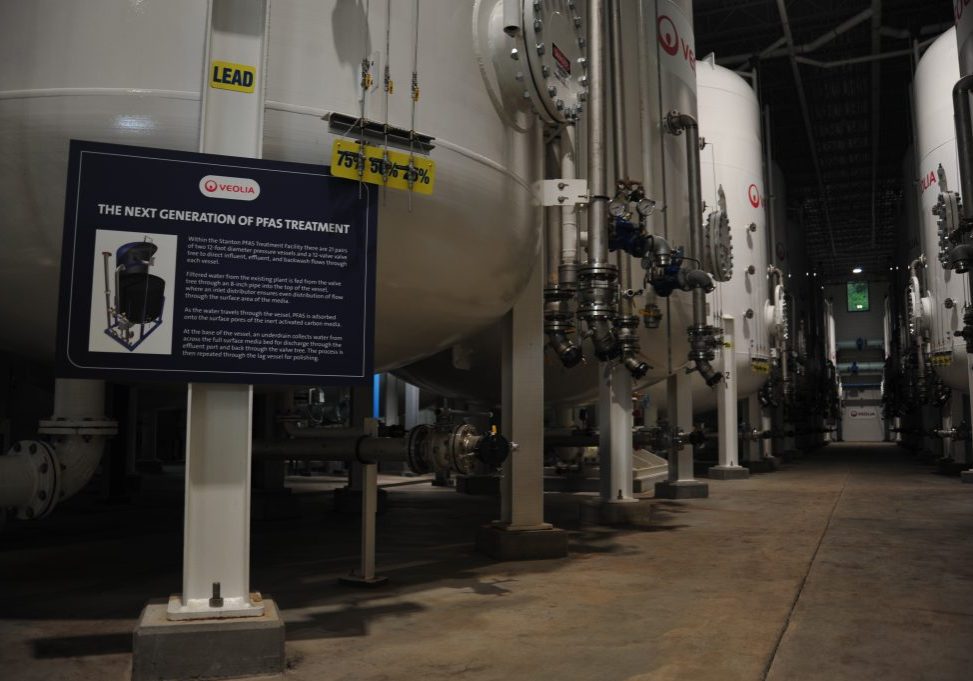
Aging equipment plagues the Delaware Water Gap National Recreation Area
| January 6, 2025
As sure as Christmas follows Thanksgiving, every year the Delaware Water Gap National Recreation Area announces its winter closings and priority snow removal routes for its roads.
The National Park Service’s announcement is a list of what visitor-use sites will be closed to traffic and parking, such as the recently reopened George W. Childs Park and Dingmans Falls, as well as sections of several roads within the area that receive little or no winter maintenance.
However, the closures also highlight an underfunded collection of equipment and vehicles, some so old that the “spit-and-baling wire” axiom is an understatement of current conditions.
As the area’s chief of maintenance, Bill Tagye, said: “We don’t have the equipment we used to. We have an aging fleet.”
Route 209
The nearly 70,000-acre recreation area has 150 miles of paved and unpaved roads. As with every winter, this year the focus on snow and ice removal remains on Route 209, the busy roadway bisecting the area, skirting the western bank of the Delaware River from the southern tip in Bushkill, Pa., running north some 20 miles to Milford, Pa.
But that aging fleet is beyond aged.
The park has a total of five plow trucks and two pickup trucks responsible for clearing administrative driveways and parking lots. At one time, the park had as many as 11 plow trucks.
“In the past, we had four large trucks, and we had a fleet of four smaller trucks,” Tagye said. “Route 209 generally takes two large trucks to clear the road. And then we’d have two backups, in case equipment goes down, because it will go down. It’s only a matter of time. Anyone that’s in the snow business understands how hard the snow and the salt is on the equipment. We don’t have those backups anymore, so we may run only one truck on 209.”
What that means for drivers on Route 209, which carries average annual traffic of about 341,7000 vehicles, is that if there is a breakdown with one of the plows, the Park Service may not be able to clear the roads as fast as it had in the past.
Equipment replacement
The area’s equipment replacement program is the heart of the issue: The Delaware Water Gap National Recreation Area competes with over 400 other sites in the National Park Service for dollars to purchase equipment.
Tagye said the recreation area can, if it’s lucky, replace one truck each year.
“We have a fleet of eight to 10 vehicles that are going to need to be replaced,” he said. “So, that’s 10 years from now, we might be lucky to have a full fleet, but then the cycle starts over again.”
Tagye said a good plow vehicle can last approximately six years. Yet, his fleet is 10 to 20 years old. He emphasized that salt, which the park attempts to minimize to limit runoff and costs, is devastating to the plow vehicles, but enhances the safety of the public.
Lots of rust
A casual inspection reveals that most of the five plow trucks are heavily corroded. One dump-bed, resembling a rusty version of Swiss cheese, and dating back to 2016, is so heavily damaged by salt it had to be removed and replaced. It sits on several blue 55-gallon plastic barrels, off to a side at the Dingmans Maintenance Facility that resembles a bone yard of aging and disused equipment.
While the Delaware Water Gap National Recreation Area’s equipment problems are separate from its $250 million maintenance backlog, which Tagye said will probably never be cleared, it is emblematic of a federal facility much in need of additional funding just to keep its roads plowed.
Pleading with the public to plan ahead because of possible delays in clearing critical roadways, Tagye said: “Don’t go out during the storm. We’re asking you to stay off the roads.”








